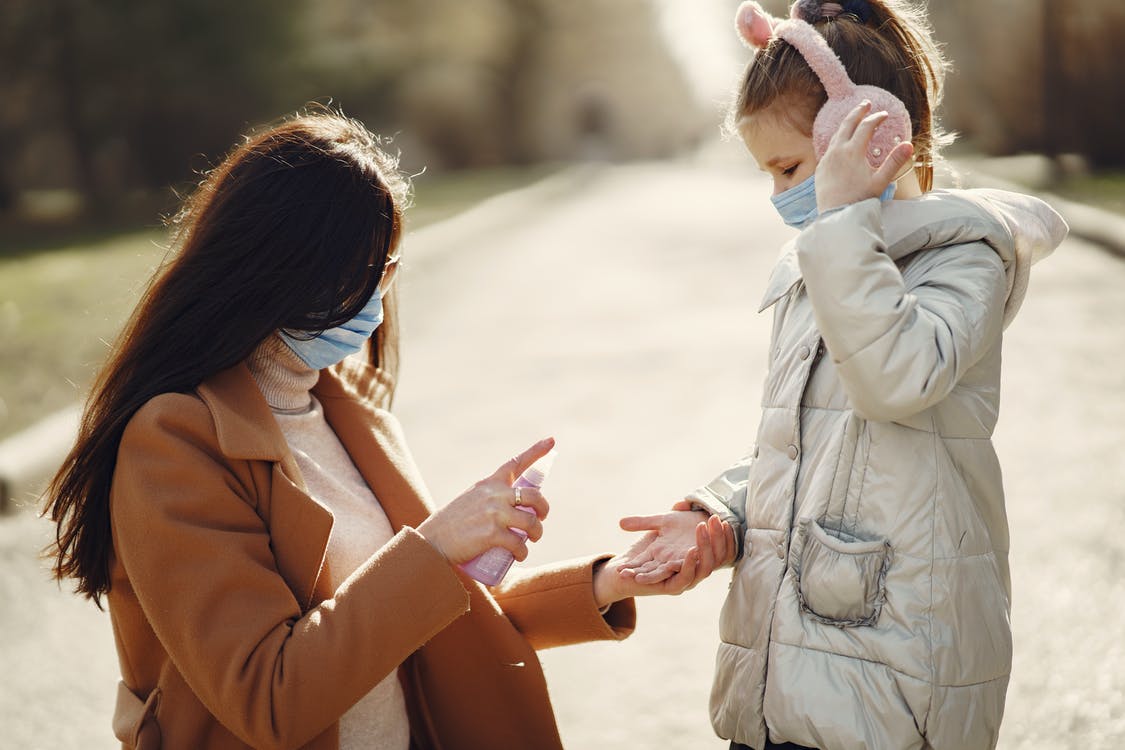
Nobody wants to be a helicopter parent, but in today’s world, giving kids too much freedom seems like a dangerous idea. Thanks to what people share on social media, it seems like there are dangers lurking around every corner, including predators.
Although you should always put your child’s safety first, you don’t actually need to hover over them constantly. Here’s how you can keep your kids safe while allowing them to enjoy a little bit of freedom.
1. Use a backpack with a leash
There is an ongoing debate over using leashes with children, and both sides have good arguments. On one hand, a leash seems embarrassing and can be dangerous. However, on the other hand, it can prevent your child from getting into trouble.
If you’re considering a leash, but don’t want to use a harness or do something unsafe, consider getting a backpack with a leash attached. This type of tether system makes the backpack the harness, and you’ll feel like you’re hanging onto a thin rope rather than feeling like your child is on a leash.
If you’re not sold on the idea of using any kind of leash, consider all the reasons to use them. They aren’t for everyone, though, and sometimes your intentions will make all the difference. For example, you don’t want to use a leash to control your child if they don’t need to be controlled. However, if your child tends to run off out of nowhere, a leash could save their life.
2. Use a baby monitor
Baby monitors make excellent surveillance devices when you don’t have the ability to be with your child. Granted, this is only a good option for young children who require supervision.
If you find yourself hovering over your child because you’re afraid to leave them alone while you do laundry or cook dinner, just get a baby monitor. You can put a display in your bedroom, the kitchen, or anywhere else you’ll be spending time away from your child.
Having a baby monitor might also help relieve your anxiety about leaving your child alone. After a while, you’ll see that you don’t really need to intervene as much as you think you do. This will build your confidence in leaving your child for longer periods of time (within reason, according to their age).
3. Teach your kids safety protocols
Start teaching your kids safety protocols to follow in different situations. For example, teach them what to do when they get lost or separated from you, and when they are approached by a stranger.
You should also teach them never to trust what a stranger says to them about you. For instance, teach your kids what to do if a stranger tells your child something like, “your mom was just in a bad accident and you need to come with me to the hospital.” Do you want them to turn around and walk back into their school? Run to the nearest adult? What if they’re at a bus stop and far away from their teachers?
When your kids know exactly what to do in a potentially dangerous situation, you’ll feel a little bit better about not hovering over them constantly. You’ll be more willing to let them sleep over at a friend’s house or go see a movie when other parents are in charge.
4. Trust a little bit more
While the world can indeed be a scary place, it doesn’t have to be a prison. If you’re too scared to let your child do anything on their own, try trusting a little bit more. It’s hard to let go of control, especially where your child’s safety is concerned, but you can’t control every aspect of their life.
We live in an uncertain world with many factors outside of our control. Sometimes you need to let go of control to keep your kids safe. For instance, if you restrict and control them too much, they may grow to resent you over time. That resentment could build up and cause them to run away or turn to drugs and alcohol.
Remember to practice what you teach
No matter how many times you tell your kids what they should do when they’re lost or when a stranger approaches them, nothing will solidify their response like practice. Always practice what you teach your kids.
Play out the scenario in your home and train them to respond the right way. Understanding what to do in theory is good, but it won’t become an automatic response until they’ve practiced the actions you want them to take.
Leave a Reply